 |
| June 23, 2015 | Volume 11 Issue 24 |
Designfax weekly eMagazine
Archives
Partners
Manufacturing Center
Product Spotlight
Modern Applications News
Metalworking Ideas For
Today's Job Shops
Tooling and Production
Strategies for large
metalworking plants
Wheels:
Renault uses Maple to develop new motor for full electric vehicle
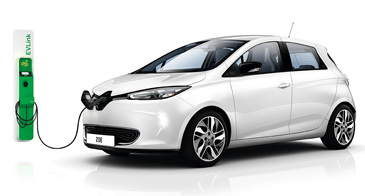
When Renault wanted to enter the growing electric vehicle market, they didn't do things the easy way. The French automaker (founded in 1899) gave its engineers free rein to start with a blank canvas and go from there to develop and refine components and technologies to maximize both driving pleasure and mass-production requirements -- as long as they respected the constraints of deadlines, budgets, and quality.
In particular, a group led by Patrick Orval (modeling specialist, engineering simulation methods) has been put in charge of structural analysis for the wound rotor of the motor. In the earliest phases, the team turned to Maple software and started quickly with first-order approximations of the rotor. They got a sense of how the components would behave with different parameters and operating conditions, allowing accurate choices to be made for the main dimensions.
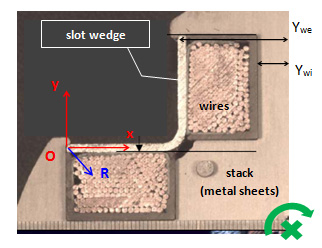
After analyzing this first set of results, they also understood which topics would demand higher fidelity. From there, they further developed the corresponding mathematical models in Maple based on the physical equations.
"As a beginner, I found Maple to be very user friendly and intuitive," said Orval. "We began by building mathematically simple models, and were able to get results in line with project goals. Using the wealth of in-product and online support and resources, we were able to gain confidence and develop more sophisticated models in a short amount of time."
One particular issue of growing complexity that was solved with Maple was that of the slot wedge, which holds the rotor wire in place to ensure reliability over both maximum loads and long-term operation.
By modelling wedge deviation under centrifugal and thermal loads, the team determined a simple rule based on flexural stiffness. By taking into account competitors' data, they selected the appropriate thickness and material for the wedge.
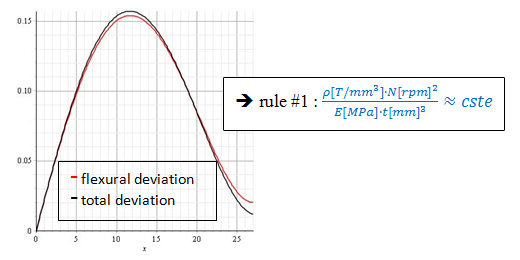
Figure 1: Modeling the slot wedge at first-order approximation.
Thanks to this simple model, an opportunity for reducing the mass of the rotor was detected (the lighter the better, as the car can go further on the same battery charge). They imagined a solution depicted as two thicknesses that were "mathematically connected" in Maple to create a first-order approximation of a new slot wedge. This was done in a parameterized analytical manner, so that they could easily determine a viable set of dimensions for this "new shape" of the wedge. They then investigated the concentration factors library to limit stresses at the point where the wedge thickness changes, and they performed finite element analysis (FEA) to validate the complete design.

(a) Cross-section of the new shape for the slot wedge.
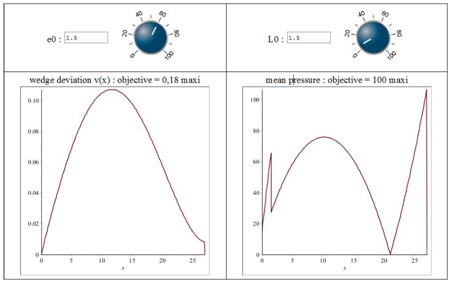
(b) Dynamic optimization in Maple for two parameters (e0, L0).
Figure 2: Five percent reduction in mass of the rotor.
This work not only enabled the team to reduce the rotor mass, but also led to the successful filing of a design patent. Describing this achievement, Orval said that Maple was instrumental in helping to define the third-generation e-powertrain rotor. "Its breadth enabled us to create models that are perfectly suited to our needs and achieve outstanding results early on in the design process. Additionally, the work carried out with Maple significantly contributed to reducing our engineering costs by enabling us to incorporate third-party technology such as FEA."
Having developed the slot wedge, the team then went on to examine the resulting internal stresses on the wires in the system. Among other factors, internal stresses are determined by wire stiffness and the friction between the slot wedge and the stack of metal sheets -- both of which were completely unknown and difficult to determine. Previously, they would have used a finite element model.
However, that approach would have required a tedious amount of trial and error, and the team would have encountered difficulties with numerical convergence. Using Maple instead, the team was able to model non-linear features such as friction between the wedge and the stack, and local loss of contact between wires and the wedge at high-revolution speeds. They expect it to yield good physical results, because the set of ODEs and the conditions governing the wedge deviation were fully coupled.
ODEs for wedge deviation v(x) are:

With boundary conditions:

While hyperstatism { Ry , u(0) } and Coulomb's friction law can be solved by:

The two unknowns (wire stiffness and friction coefficient) were determined by comparison with strain measurements, and finally used as first realistic data in a FEA of the rotor.
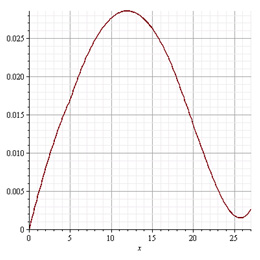
Figure 3: Realistic deviation v(x) obtained with Maple.
Summing up this phase of the project, Orval said, "Maple greatly reduced the need for experimental learning. Both the development timescales and rotor reliability are in line with project expectations -- a combination that would not have been achieved without the use of Maple."
As Orval and his colleagues work on subsequent phases of the project, they plan to continue using Maple to analyze and validate their design options, enabling them to improve the final product.
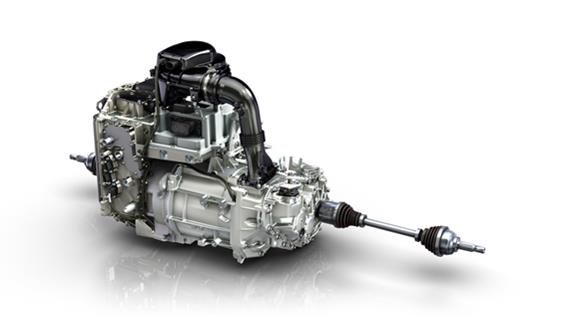
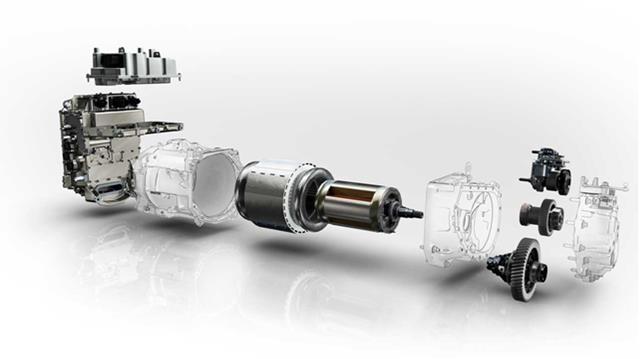
Source: Maplesoft
Published June 2015
Rate this article
View our terms of use and privacy policy
